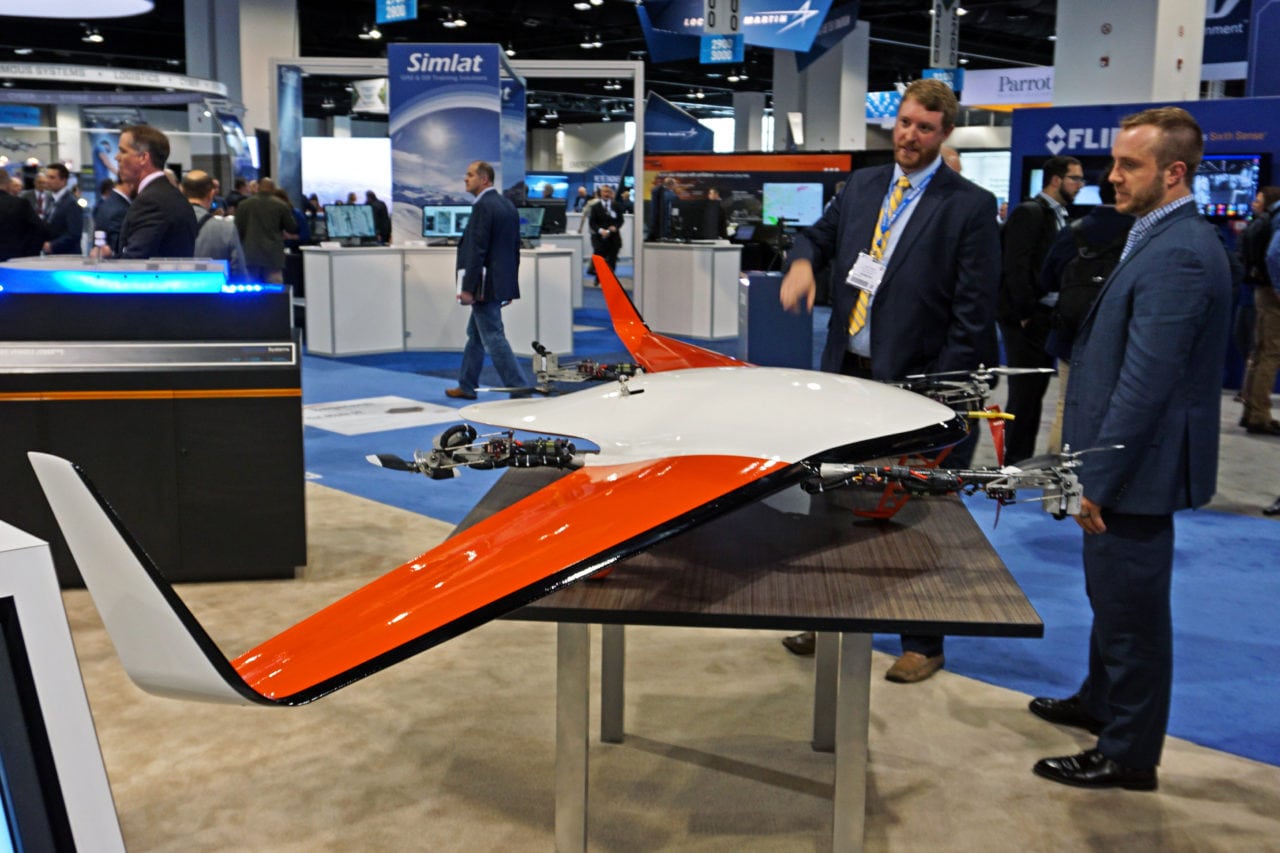
The X5-55 unveiled at AUVSI 2018 (Avionics)
Since April 2018, Avionics has been profiling one aerospace engineer per week, providing a behind-the-scenes look at everything from the use of artificial intelligence to certify artificial intelligence to the certification of new technologies.
We have been asking each engineer what type of aircraft communications, navigation and surveillance capabilities they see becoming a reality in the future. Here is what some of them have told us:
What do you project for the industry five years from now?
Avionica VP of Engineering Simone Drakes:
More broadband; more data. Really and truly that’s the only space you can guarantee connectivity for aircraft; you can’t put cell towers out in the middle of the ocean.
There will be analytics to improve the reliability of aircraft. Coming from Malaysia Air and Air France, there is a great focus on the ability to communicate with the aircraft autonomously, determine where is it, is it experiencing turbulence, the environment externally and having that data in real time.
The ability to crowdsource this information can be used to enhance operational safety for all aircraft. If Flight 276 from Miami to New York experienced bad weather, that info can be gathered and sent not only to the local news but also any trailing aircraft; the operations department of the airline may choose to adjust altitude because of the weather. Today, we really don’t have the capability to capture that weather information in real time and provide better routing to aircraft that are following the same traffic to enhance the passenger experience and reduce the possibility of failure.
We’re moving toward open architecture to allow different industries to influence and progress technology and progress the aviation space. You don’t have to know how to certify a product on an aircraft to provide growth for the space. It will be more of a partnership space. Our goal is to provide a simplified path between the whiteboard and on-wing aviation, allowing non-aviation technology companies to influence how avionics will be innovative.
How will the use of connectivity in cockpits evolve into the future?
Lynn Root, senior principal engineer, Universal Avionics:
The industry has been working on the baseline 2 standards for quite a few years. Trajectory-based operations, enhanced datalink I think is going to be something that’s going to be coming sooner rather than later. The ability to uplink ATC wind data so that all the aircraft flying within a given region are all using the same wind data, so their flight path and performance calculations are all being computed relative to the same wind information is going to probably become key for some of the technological advancements.
What will the future of unmanned aircraft system technology look like?
Sean Baity, technical director for advanced product initiatives for Textron Systems:
There’s this open question of what’s the future of unmanned aircraft — what does it look like? And in my view, it’s probably something that doesn’t just fly around at relatively low airspeed and provide video that someone sits and watches in a seat somewhere remotely. It is more aligned to a system that is more nimble, more agile both in how it gets deployed and flown and also provides a greater level of distillation of information. So rather than having this in-depth training behind flying an unmanned system, a very unique skill set it, it would be more like walking up to an airplane and it tells you what you need to know and you really don’t have to have much training behind it to go operate.
Project five years from now: What will be the most significant change in eVTOL technology?
Kyle Heironimus, electric propulsion development lead for Bell’s air taxi:
From my standpoint, increased power and energy density of electric propulsion and control components will be key to unlocking eVTOL. I certainly don’t hold the crystal ball, but in five years I hope to see components and systems reaching weights that are not only economically viable for specific missions, but are so good that they supplant legacy solutions in cost, weight and performance. Bell is well on its way to designing and certifying eVTOL aircraft.
How is the engineering work you’re involved in advancing the operational capabilities associated with military aircraft such as the F-35?
Vitas Mikenas, the chief mechanical engineer for the F-35 supplier program, Harris:
From my perspective, it’s the desire for increased data rates and processing capabilities. How that flows into my world of mechanical engineering is how are you going to package these electronics that are getting bigger and hotter. How are we going to deal with the electronic packaging issues that are coming down the road and also the thermal management techniques that are being employed? Some of the traditional thermal management techniques we’ve used in the past aren’t necessarily going to work with the data rates we’re going to see in the future.
One of the unique things we do is we use an APG. It’s actually a graphite embedded into an aluminum heat sink that really helps thermal dissipation, so we’re on the forefront of using that technology. Looking for what’s going to be the next advancement in engineering and thermal management is going to help us down the road.
Electrical engineers like to pack as much as they can in there to get that processing capability, and we’re stuck with figuring out how we can meet our requirements from a thermal management and capacity and vibration view because things are getting heavier and hotter, so that’s going to be an issue going forward.
Do you have a candidate to suggest for our engineer of the week profile? Send an email to our editor-in-chief, Woodrow Bellamy: [email protected].